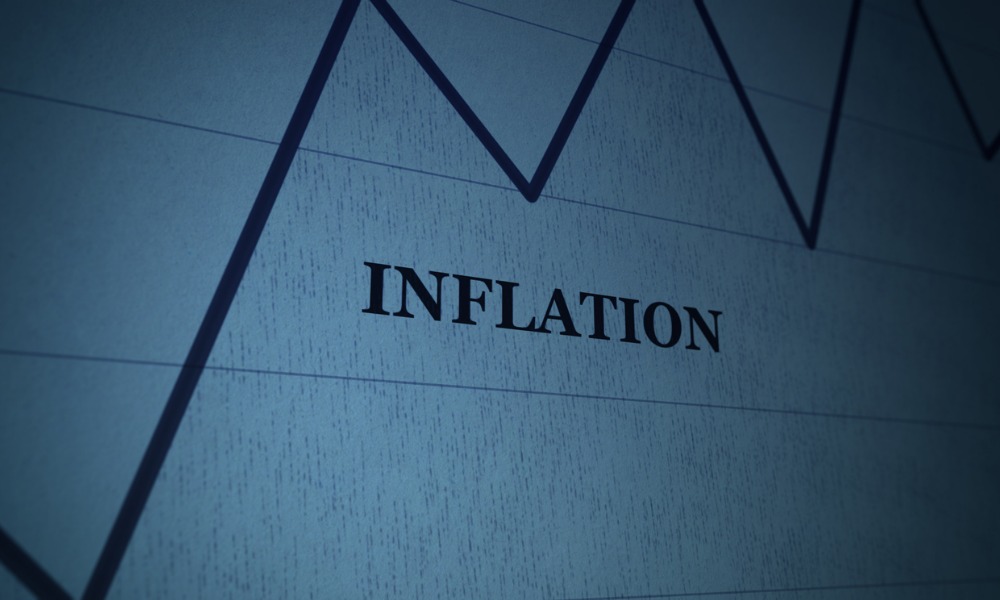Accelerated price growth in goods and services will be a major factor in inflation dynamics for the foreseeable future

Given current market conditions and trends, the inflation rate is highly likely to stay above 3% over the next five years, according to RBC Economics.
This will be largely driven by faster price growth in goods and services, which in turn will intensify further due to geopolitical tensions and the resulting commodity price volatility, RBC said.
In particular, Ukraine and Russia “account for roughly one-quarter of global wheat and barley exports and 14% of corn exports,” said Josh Nye, senior economist at RBC. “Russia is also a major supplier of some base metals and fertilizers. Higher prices for these commodities will add to already-elevated inflation across advanced economies. Food and energy together represent 20-25% of [consumer price index] baskets and are currently contributing more than 2 ppts to headline inflation in Canada, the US, UK, and Euro area.”
Read more: Canada inflation rate reaches new three-decade high
RBC pegged the likely average of Canadian inflation at 4.4% this year, up from its previous forecast of 3.8%.
“While core measures won’t be impacted as much, persistently high headline readings add to the risk that longer-term inflation expectations drift higher,” Nye said. “Lower-income cohorts who spend a greater share of their incomes on essentials have less of a buffer and will feel more pain from rising food and energy prices.”
The trend will be particularly pronounced in Canada, as it has yet to see a robust pace of wage growth despite the steady increase in the number of full-time jobs.
“Strong labour market conditions across the economies we monitor should keep upward pressure on wages but pay growth will struggle to keep up with rising prices in the near-term, potentially denting consumer confidence,” Nye warned.



